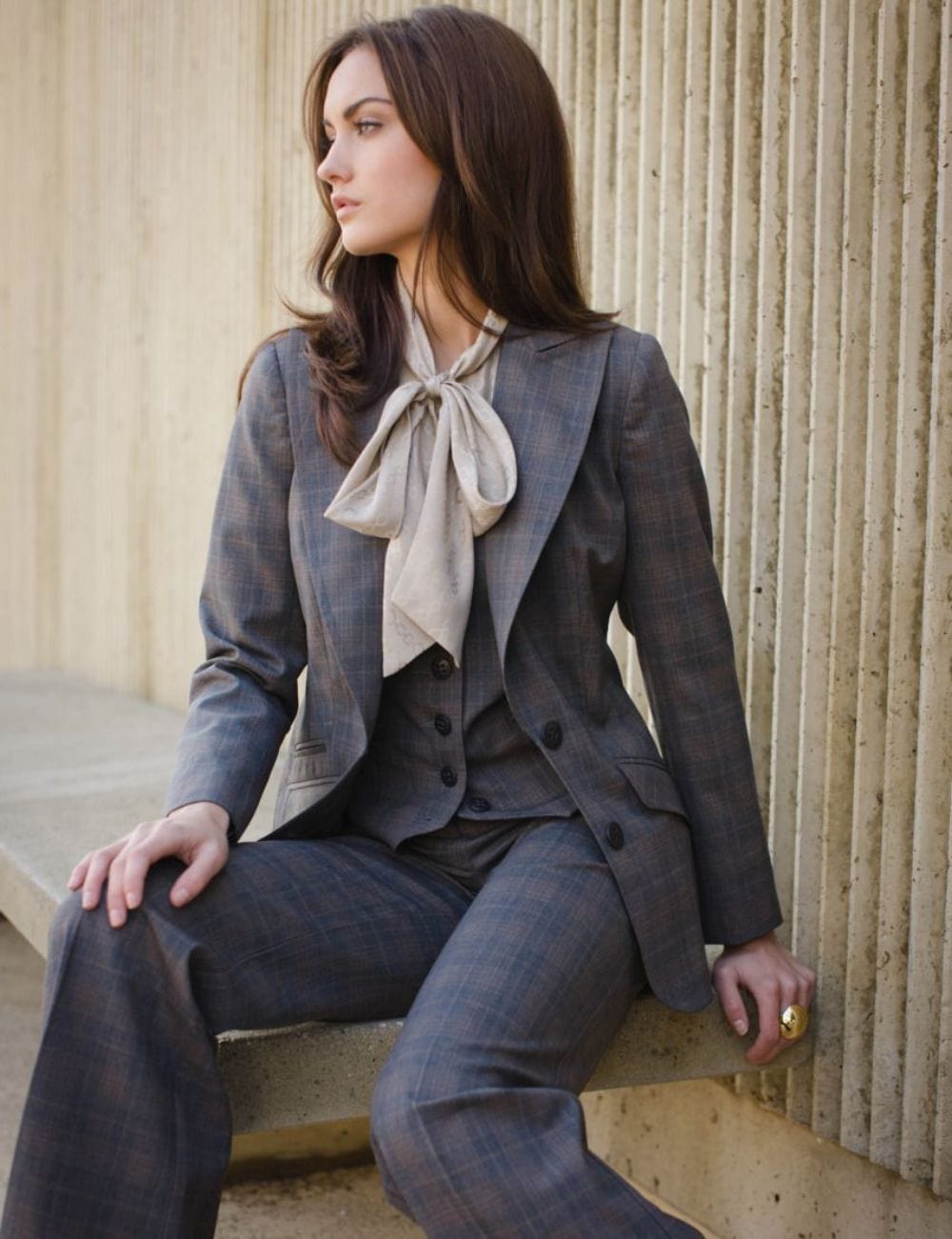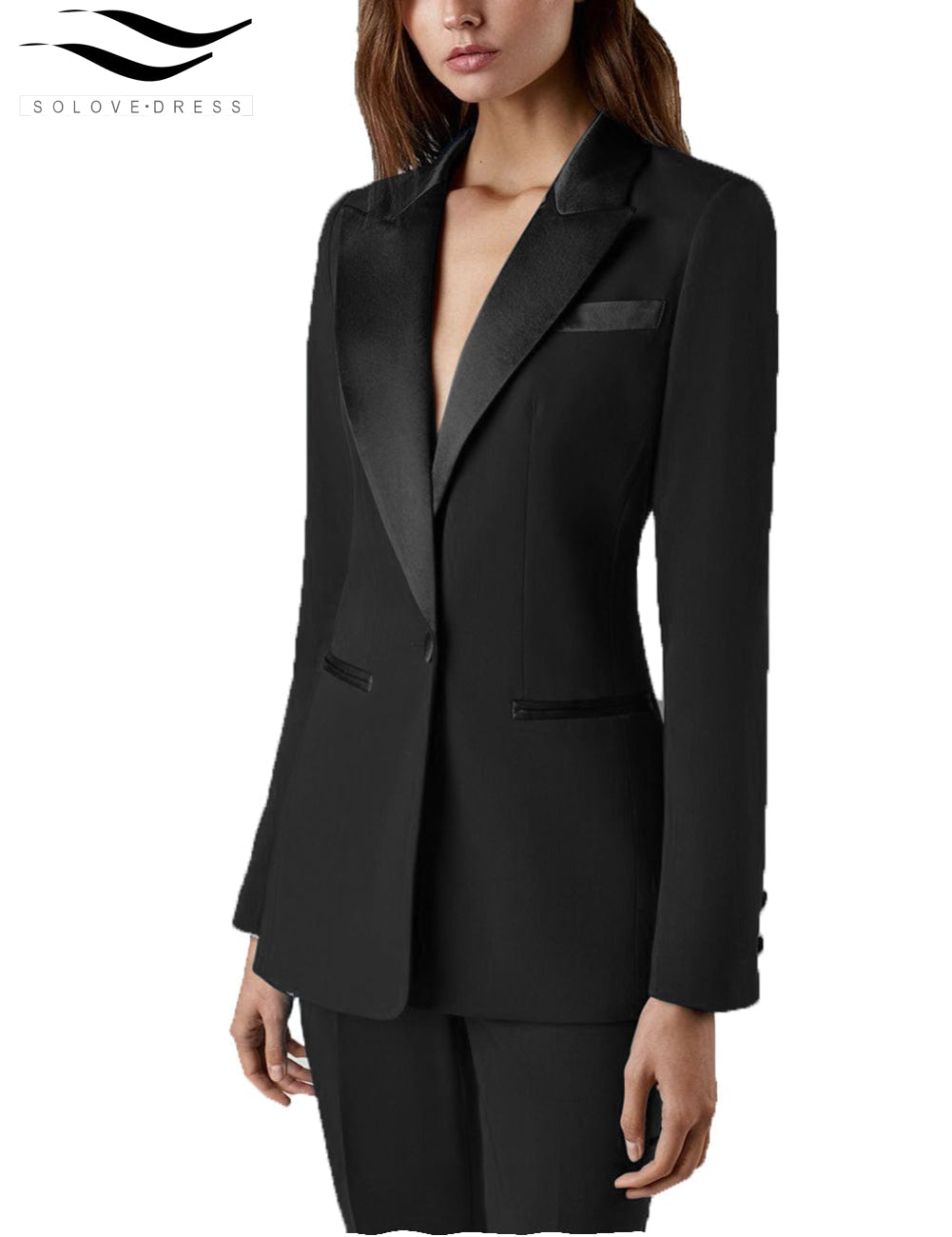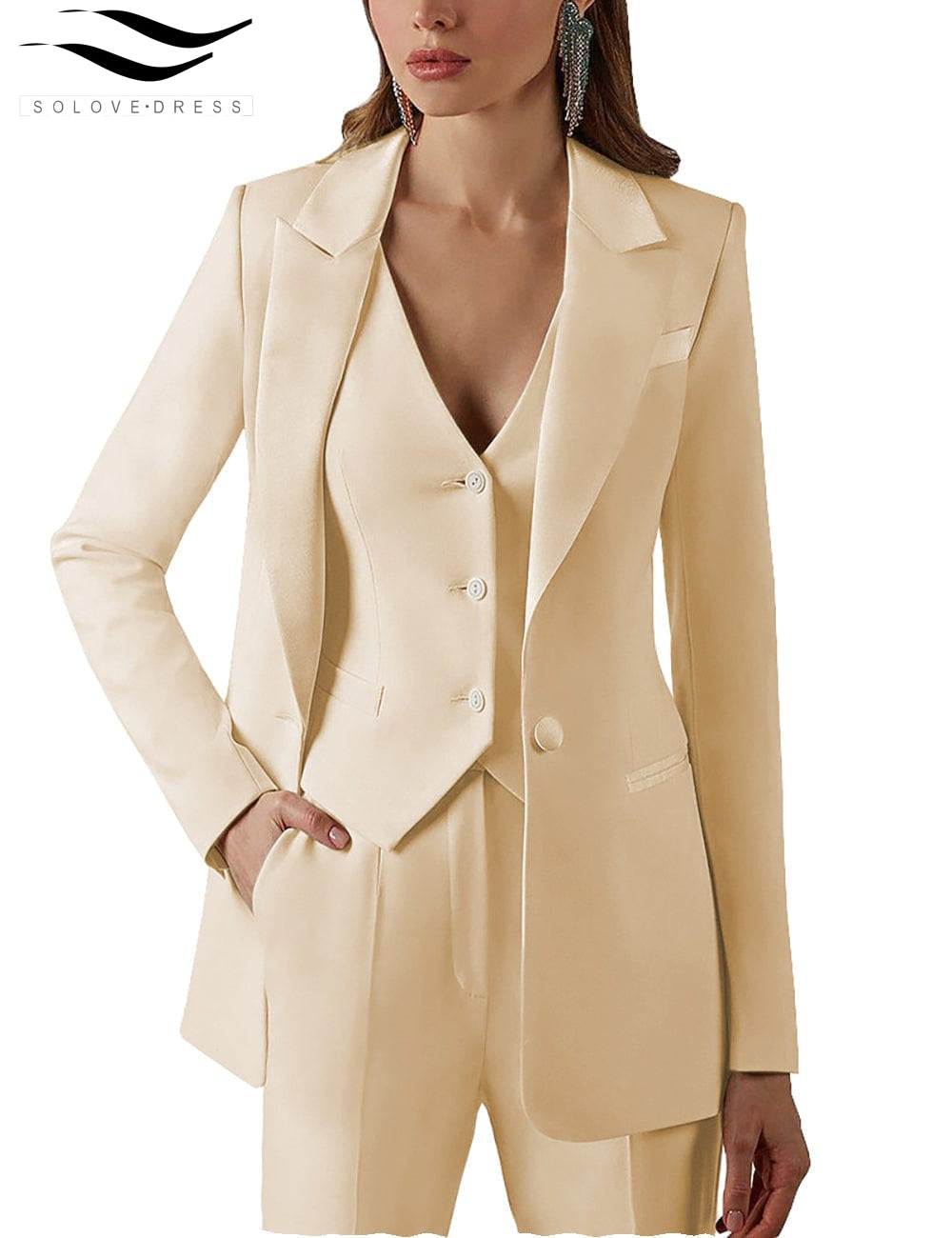Tailoring Tips for a Perfect Women's Suit Fit
Frequently Asked Questions
1. What are the key components to consider for a well-fitted women's suit?
2. How can I ensure my suit jacket fits properly?
3. What tailoring adjustments can be made for women's pant suits?
4. What fabrics are recommended for women's suits?
5. Why is tailoring important for body positivity?
Finding the ideal fit for a women's suit can make all the difference in how you feel and present yourself. Tailoring is not just about making garments larger or smaller; it’s about enhancing your silhouette and ensuring that the suit flatters your body shape. In this guide, we'll explore essential tailoring tips to achieve that perfect fit, especially for women's suits, including womens pant suits and pantsuits for women. Let's dive in!
Understanding the Basics of Suit Fit
When discussing suits for females, it’s crucial to understand the main components that contribute to the overall fit. A well-fitted suit enhances your appearance, boosts your confidence, and leaves a lasting impression. Here are some key aspects to consider:
Shoulders
The shoulders of your suit jacket should sit comfortably without feeling restrictive. They should align perfectly with your own shoulders. If the seams are too far down your arm, the jacket may be too large and require tailoring. Conversely, if the material pulls, it indicates the suit is too small.
Chest and Waist
For women's suits, the fit around the chest and waist is just as important. The jacket should close comfortably without pulling across the bust area. For a tailored look, you want a slightly slim fit around the waist to create a flattering silhouette.
Length of the Jacket
The length of your jacket should cover your hips but not extend too far down. Ideally, it should be long enough that when you place your arms at your sides, your hands should just graze the hem of the jacket.
Essential Tailoring Techniques for Women's Suits
Now that we understand the fundamental elements of how a suit should fit, let’s delve into some practical tailoring techniques that you can discuss with your tailor:
Jacket Adjustment
One of the most common adjustments for a jacket is taking in the sides. This helps create a fitted shape that accentuates curves. If your jacket is too long, the sleeves can be shortened to reveal a bit of your blouse or shirt underneath.
Pant Alterations
For womens pant suits, the fit of the pants can drastically change the overall look. Here are a few adjustments to consider:
- Waist Adjustment: If your pants fit well in the legs but sag at the waist, a quick waist adjustment can create a more streamlined silhouette.
- Hem Adjustment: The length of your pants should ideally sit just above your shoes. Have your tailor adjust the hem accordingly to avoid overwhelming your shoes.
- Seat Adjustment: If you find your pants are tight or loose around the seat area, alterations can be made to ensure the fabric sits flush against your body.
Lapels and Collars
For those who prefer a modern look, consider updating the lapels and collars on your suit jacket. A narrower lapel can create a sleek appearance while opting for a wider lapel offers a more dramatic look. Your tailor can help you select the best option for your style.
Choosing the Right Fabric for Your Suit
When selecting suits women's clothing, the fabric plays a significant role in the overall fit and look of your suit. Consider the following materials:
- Wool: A classic choice for suits. Wool provides structure and can easily be tailored.
- Polyester: Often blended with natural fibers, polyester is durable and holds its form well, making it suitable for everyday wear.
- Linen: Known for its breathability, linen is ideal for warmer climates but tends to wrinkle, so it may require more care when tailoring.
Fitting Tips for Different Body Shapes
Every body is unique, so understanding your body shape is essential when tailoring suits for females. Here are tips tailored to different figures:
Hourglass Shape
For an hourglass figure, focus on tailoring jackets to accentuate your waist. Opt for structured pieces that provide a fitting silhouette. Make sure the chest area has enough room without being too loose.
Pear Shape
If you have a pear shape, you may want to consider suits that highlight the upper body while providing a looser fit at the hips. A jacket that flares out slightly can be very flattering.
Rectangular Shape
For those with a rectangular body shape, adding a cinched waist will help create curves. Choose suits that employ ruffles or patterns to create the illusion of shape in the torso.
The Importance of Tailoring for Body Positivity
Tailoring isn’t just about physical appearance; it’s a pathway to body positivity. Wearing suits women's clothing that fit well can boost your confidence and make you feel empowered. It allows you to embrace your body shape, highlighting your best features. Remember: a well-tailored suit is not just for formal occasions; it can be a statement piece in your everyday wardrobe.
Dos and Don’ts of Suit Tailoring
As you embark on your tailoring journey, keep these crucial dos and don’ts in mind:
Do:
- Communicate your style preferences clearly with your tailor.
- Invest time in fittings; the first fitting is rarely perfect.
- Consider tailoring even off-the-rack suits for the best fit.
Don’t:
- Be afraid to ask questions if you don't understand the tailoring process.
- Overlook fabric limitations; not all materials can be significantly altered.
- Neglect the importance of comfort; a suit should feel as good as it looks.
Maintaining Your Tailored Women's Suit
After achieving the perfect fit, learn how to maintain your tailored suit to prolong its life. Here are some tips:
- Dry Clean Sparingly: Frequent cleaning can damage fabric. Only dry clean when necessary.
- Use a Garment Bag: Protect your suits when traveling by using a breathable garment bag.
- Store Correctly: Hang suits in a cool, dry place to retain their shape and avoid creasing.
Final Thoughts: Discover Your Best Fit
The journey to finding the perfect women's suit fit can be transformative. Through the right tailoring techniques and understanding your body, you are bound to find suits that enhance your confidence and style. Remember to communicate openly with your tailor, explore different fabrics, and often check your fit over time. With these tips, let your tailored suits become your favorite wardrobe staples that you'll wear with pride and style. Embrace your unique shape, enjoy the process of tailoring, and step into that fabulous suit with confidence!









